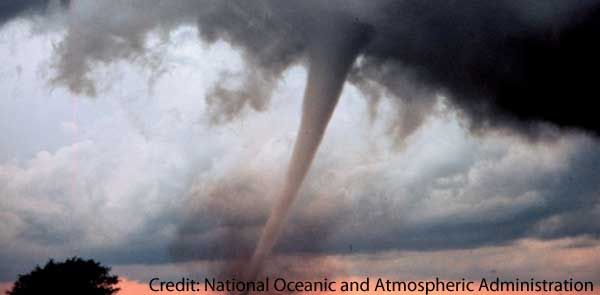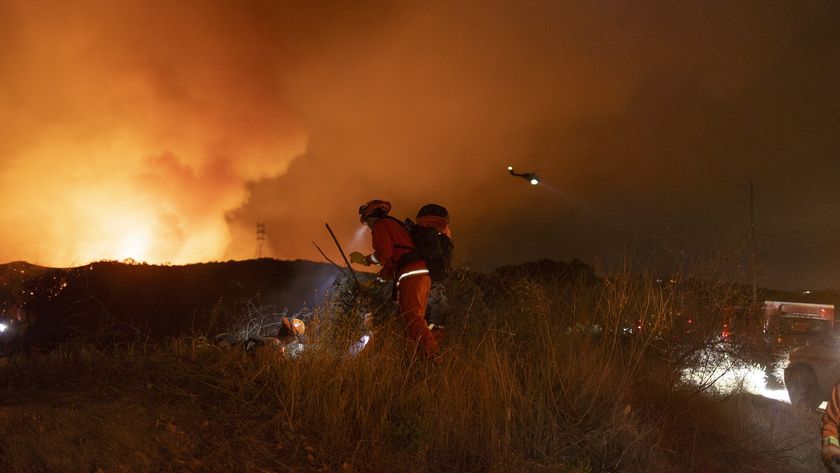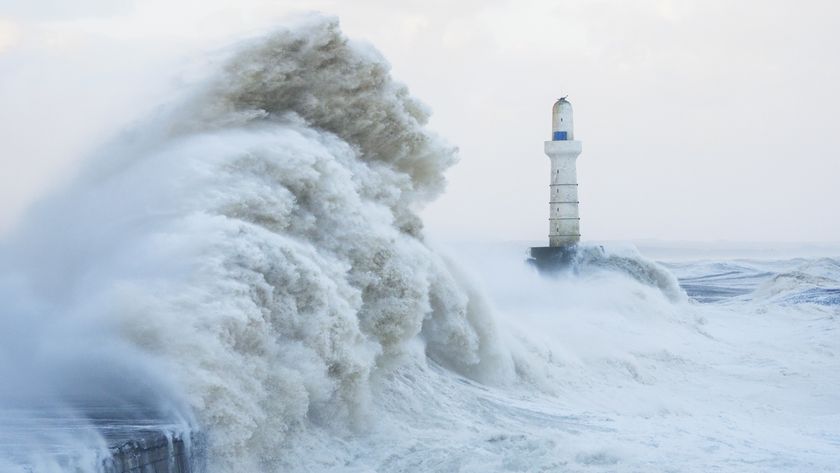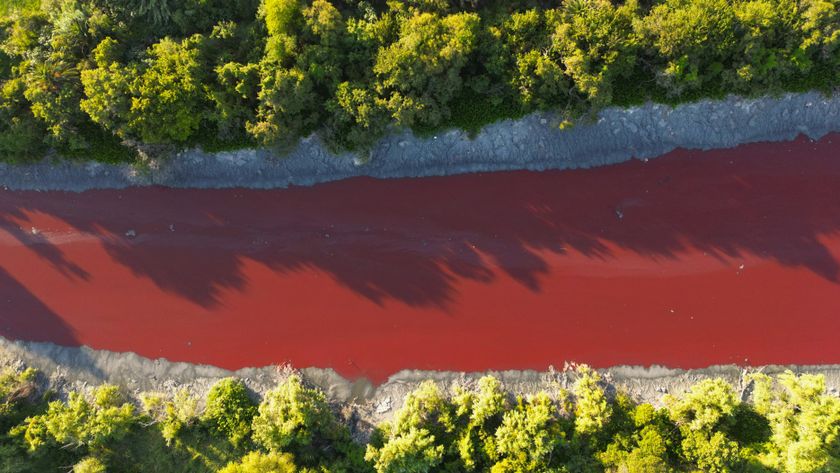Why Aren't There Tornado Safety Building Codes?

Tornadoes kill an average of 80 people annually in the Midwest and South, and in some years, many more. The twister death toll this year has already topped 300. By contrast, no one has died in an earthquake in the United States since 2003. While earthquake-proof building codes are becoming ever more stringent for structures built in the country's earthquake zones, why are there no tornado building codes in Tornado Alley?
According to Tim Reinhold, senior vice president for research and chief engineer at the Institute for Business and Home Safety (IBHS) in Tampa, Fla., it comes down to something called the "return period" -- the interval between two disaster events in a given location. Although major tornadoes happen every year, the likelihood they'll happen twice in exactly the same place is very low. "In some areas of California, earthquakes happen tens or hundreds of years apart, and they affect a tremendous area with a lot of properties," Reinhold told Life's Little Mysteries, a sister site to LiveScience. "But for a tornado hitting a particular location in Tornado Alley, you're dealing with return periods of thousands of years."
Earthquake building codes, Reinhold explained, vary between regions, but at their most stringent, they only apply to areas with disaster return periods of 500 to 1,000 years. "Building codes are required for a building that, in any given year, has a 1 in 500 to 1 in 1,000 chance of getting destroyed by an earthquake," he said.
"With tornadoes, because they're relatively small and don't cover very much ground, the chances that a particular building in Tornado Alley would be hit is 1 in 5,000 per year. And within that, the chance that the tornado will be F4 or F5 [the highest levels on the Fujita scale] is even lower. So to make everyone build houses to stand up to that level would be a huge cost increase and we'd all be living in concrete bunkers," Reinhold said.
Whether we're driving, flying in an airplane, or simply living in Tornado Alley, there is always some risk involved in human activities, he pointed out.
Though neither the state nor the federal governments require it, there are precautions people can take to protect themselves in the event of a tornado. "The best thing people can do for personal safety is to put in a storm shelter," Reinhold said. "There is money available from FEMA to help people if they want to build a storm shelter which is designed to withstand 200 mph winds and to resist a two-by-four [piece of wood] hitting the wall at 100 mph. It depends on whether the state is participating as to whether those funds are available."
If people don't want to build storm shelters, "there are guidelines available for what you can do to create a safe area in a home or business as opposed to strengthening a whole house," he said. One example is to strengthen the wood studs in the wall of an inner room.
Sign up for the Live Science daily newsletter now
Get the world’s most fascinating discoveries delivered straight to your inbox.
"FEMA says when a tornado is threatening your area, the key is having a safe place to go and enough time to get there," he said. The National Oceanic and Atmospheric Administration (NOAA) broadcasts weather information all across Tornado Alley, so people should keep their radios tuned in, he said.
This article was provided by Life's Little Mysteries, a sister site to LiveScience. Follow Natalie Wolchover on Twitter @nattyover.
Natalie Wolchover was a staff writer for Live Science from 2010 to 2012 and is currently a senior physics writer and editor for Quanta Magazine. She holds a bachelor's degree in physics from Tufts University and has studied physics at the University of California, Berkeley. Along with the staff of Quanta, Wolchover won the 2022 Pulitzer Prize for explanatory writing for her work on the building of the James Webb Space Telescope. Her work has also appeared in the The Best American Science and Nature Writing and The Best Writing on Mathematics, Nature, The New Yorker and Popular Science. She was the 2016 winner of the Evert Clark/Seth Payne Award, an annual prize for young science journalists, as well as the winner of the 2017 Science Communication Award for the American Institute of Physics.



